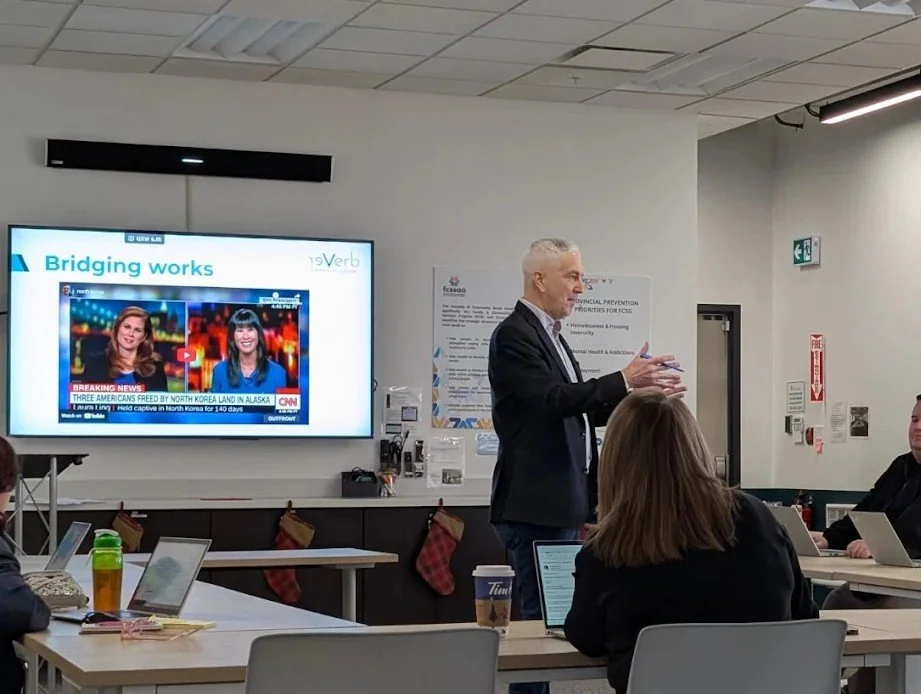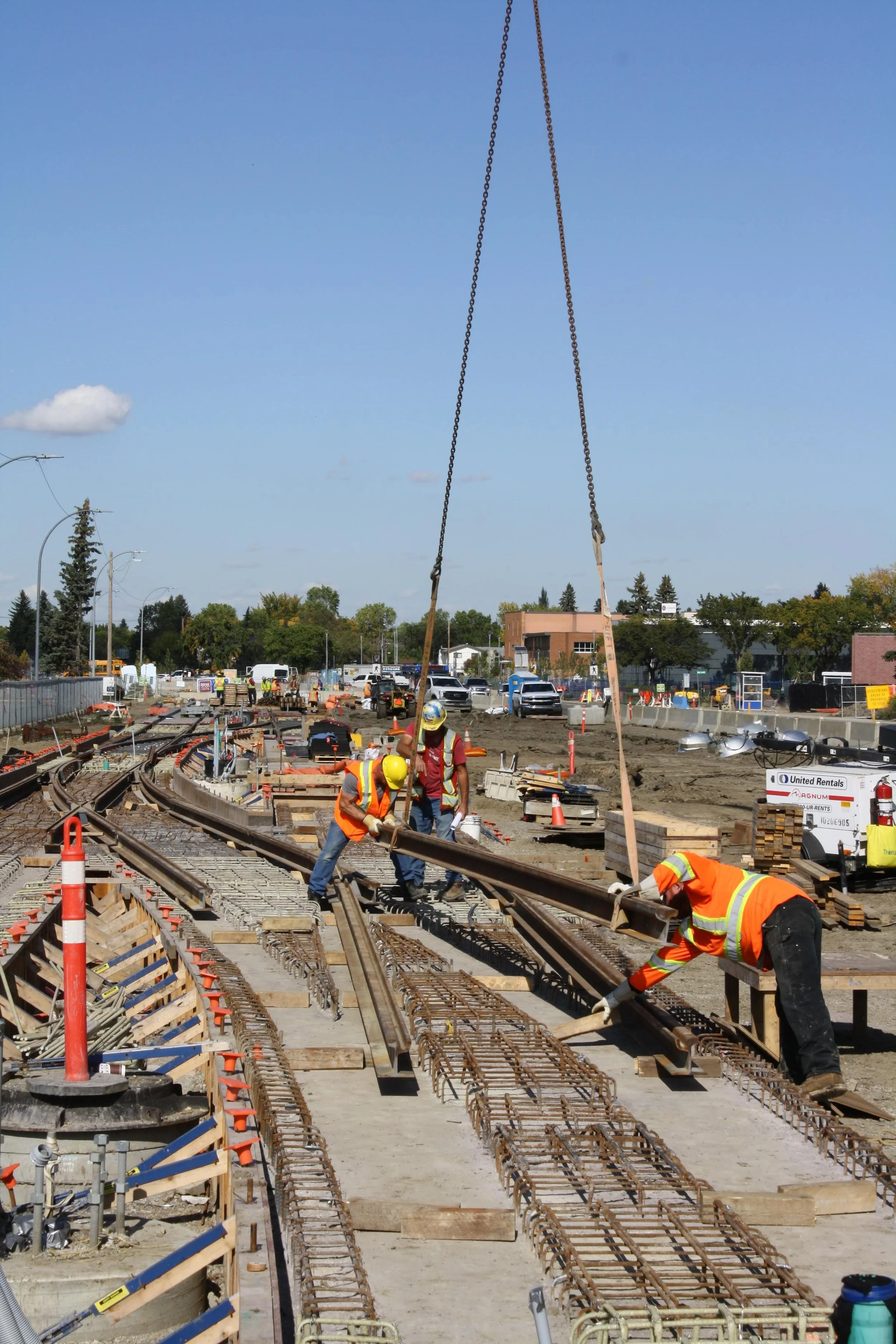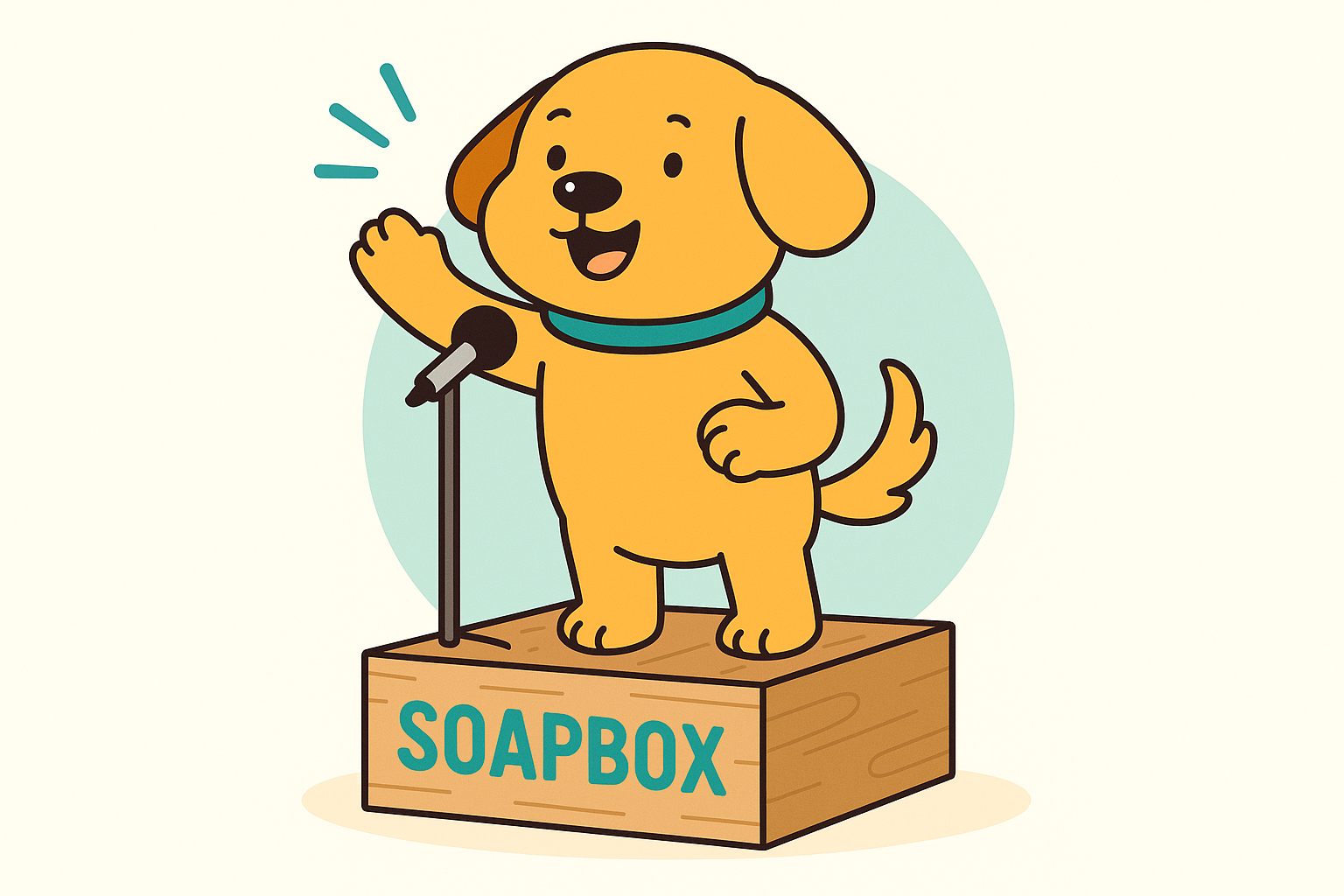Stakeholder Engagement:
The Good, The Bad and The Ugly Blog

What Drives Holiday Media Monitoring in Edmonton
Learn why media monitoring in Edmonton ramps up before the holidays and how staying alert can help teams respond faster during winter break.

Supporting Land Planning with Community Insight
Indigenous consulting services help Edmonton projects shape land decisions with care, local knowledge, and lasting trust built through early conversations.

Why Indigenous Consulting in Edmonton Is Crucial During Legacy Project Transitions
Learn how Indigenous consulting in Edmonton supports legacy project transitions with clearer planning, deeper trust, and better long-term project outcomes.

Planning Legacy Project Transitions with Community Voices
Learn how Indigenous consulting in Edmonton supports legacy project transitions with clearer planning, deeper trust, and better long-term project outcomes.

How Government Relations in Edmonton Evolve with New Councils
Learn how government relations in Edmonton shift with new councils and how to stay aligned on timelines, goals, and community priorities.

Adapting to Edmonton Council Changes in Local Projects
Learn how government relations in Edmonton shift with new councils and how to stay aligned on timelines, goals, and community priorities.

Winter Weather Disruptions and the Role of Crisis Management Services
Learn how crisis management services help Edmonton teams handle snowstorms, delays, and risks with faster plans, stronger communication, and calm action

Staying Ready for Winter Disruptions in Edmonton
Learn how crisis management services help Edmonton teams handle snowstorms, delays, and risks with faster plans, stronger communication, and calm action.

How Cities Handle Emergencies with Clear Communication
Learn how local teams manage fast-moving events with strong planning, collaboration, and clear updates in crisis management in Edmonton.

What Crisis Management Looks Like for Municipal Teams in Edmonton
Learn how local teams manage fast-moving events with strong planning, collaboration, and clear updates in crisis management in Edmonton.

How Crisis Communications in Edmonton Shift in the Winter Holiday Season
Get ahead of the holidays with practical ways to manage crisis communications in Edmonton when staffing is low and the weather turns fast.

Winter Messaging Tips for Edmonton Crisis Planning
Get ahead of the holidays with practical ways to manage crisis communications in Edmonton when staffing is low and the weather turns fast.

Why Local Crisis Support Helps in Emergencies
When time is tight in Edmonton, having a crisis communications consultant near me means faster updates, clearer messaging, and better local support.

Staying Calm and Clear During Wildfire Emergencies
A crisis communications agency in Edmonton helps keep updates steady, messages clear, and people connected when wildfire season moves quickly.

Signs You Need a Communications Consultant This Fall
Not sure if it’s time to bring in a communications consultant in Edmonton? Learn how support can smooth messaging before schedules get tighter.

End-of-Year Tips From a Communications Audit
A communications audit in Edmonton helps teams find gaps, fix missteps, and get a clear path forward before winter slows things down.

What is Media Monitoring?
Media monitoring is the process of tracking news, articles, broadcasts, and online discussions about a specific industry, organization, or project. It helps you see what is being said, where it is being said, and how it may affect your work.
Other common terms include:
News monitoring
Press monitoring
Media tracking
News clipping
Media intelligence
These terms are often used interchangeably, but all describe the same core activity—keeping watch on the information being published across traditional and digital channels.

Your Traffic Jam Has a Backstory
If you tell someone the water main is being replaced because the old one is one frost heave away from bursting, they might still sigh, but they’ll also picture the alternative. If you explain the new bridge work will shave ten minutes off their drive next year, they might still be annoyed, but the project stops feeling pointless.

Storytelling Beyond Words: Using Visual Tools in Community Engagement
Visual storytelling brings clarity, emotion, and accessibility to public engagement. reVerb uses visuals to help communities connect with complex projects and see themselves in the process.

Soapboxing: A Tool for Public Expression in Engagement Sessions
Soapboxing is a facilitation method that gives people space to speak freely and personally in engagement sessions. When framed well, it builds trust, connection, and transparency—especially in planning and public-sector projects.

